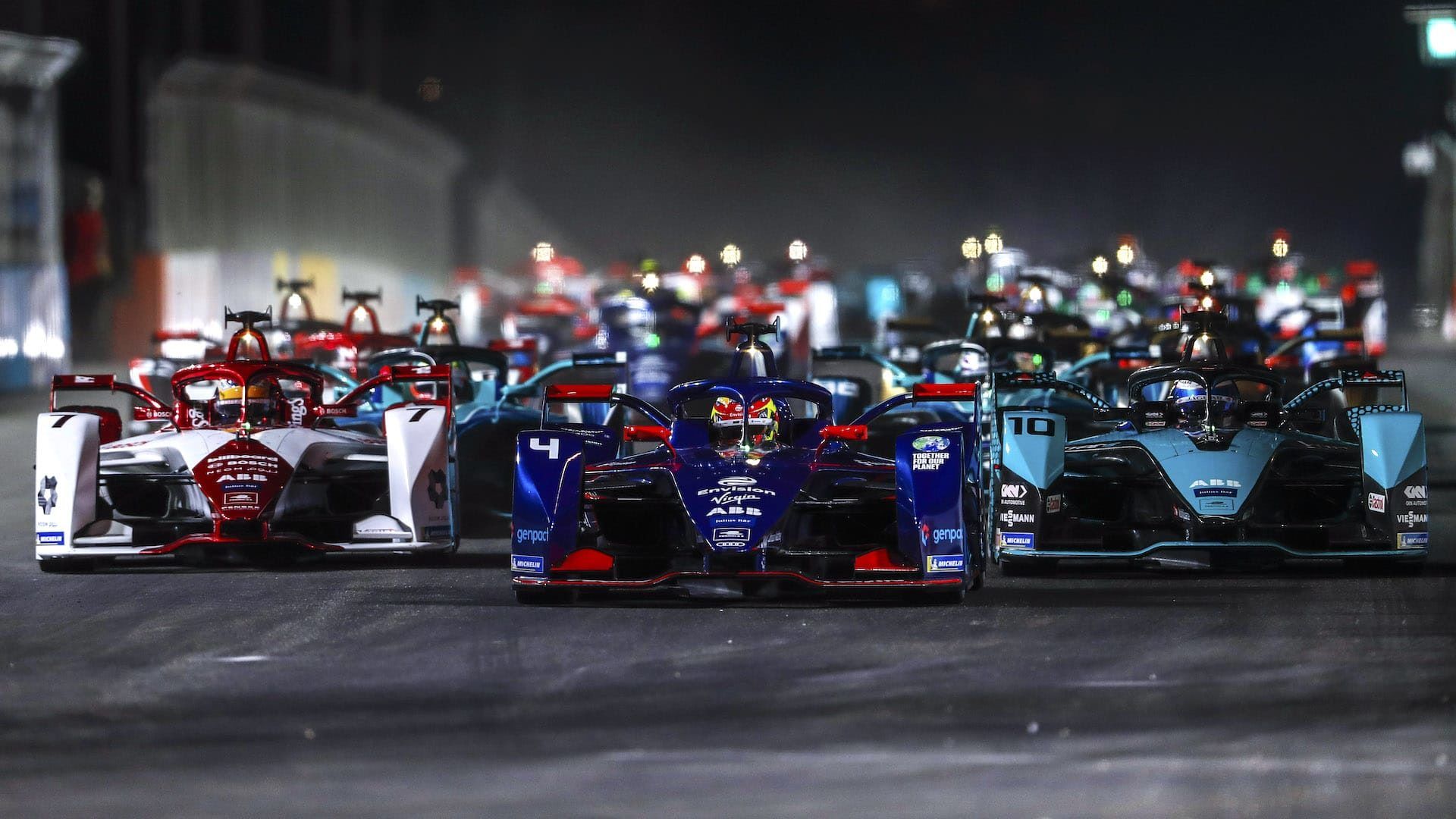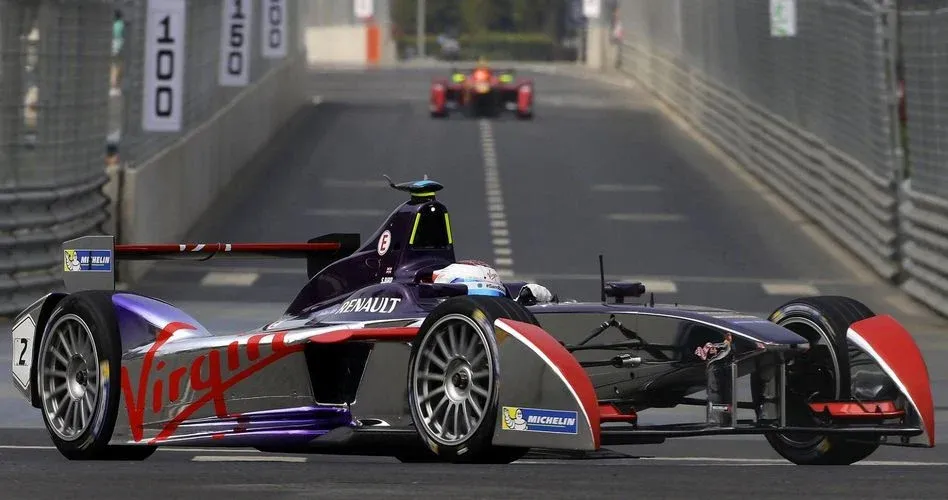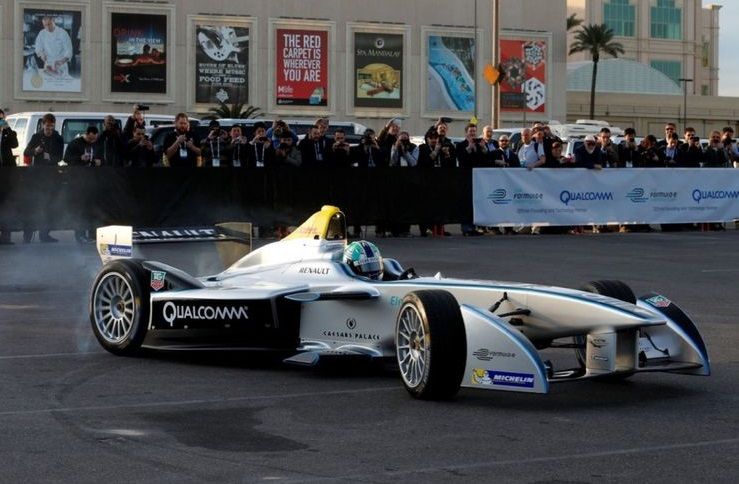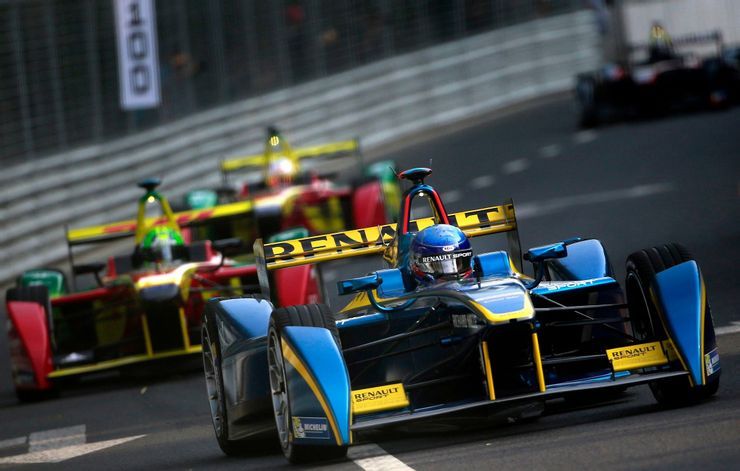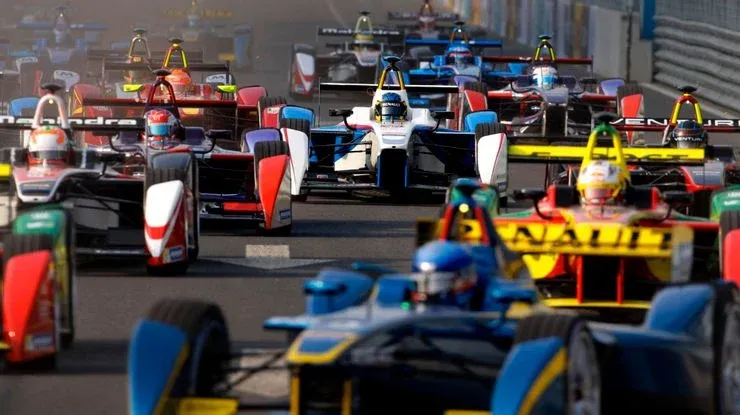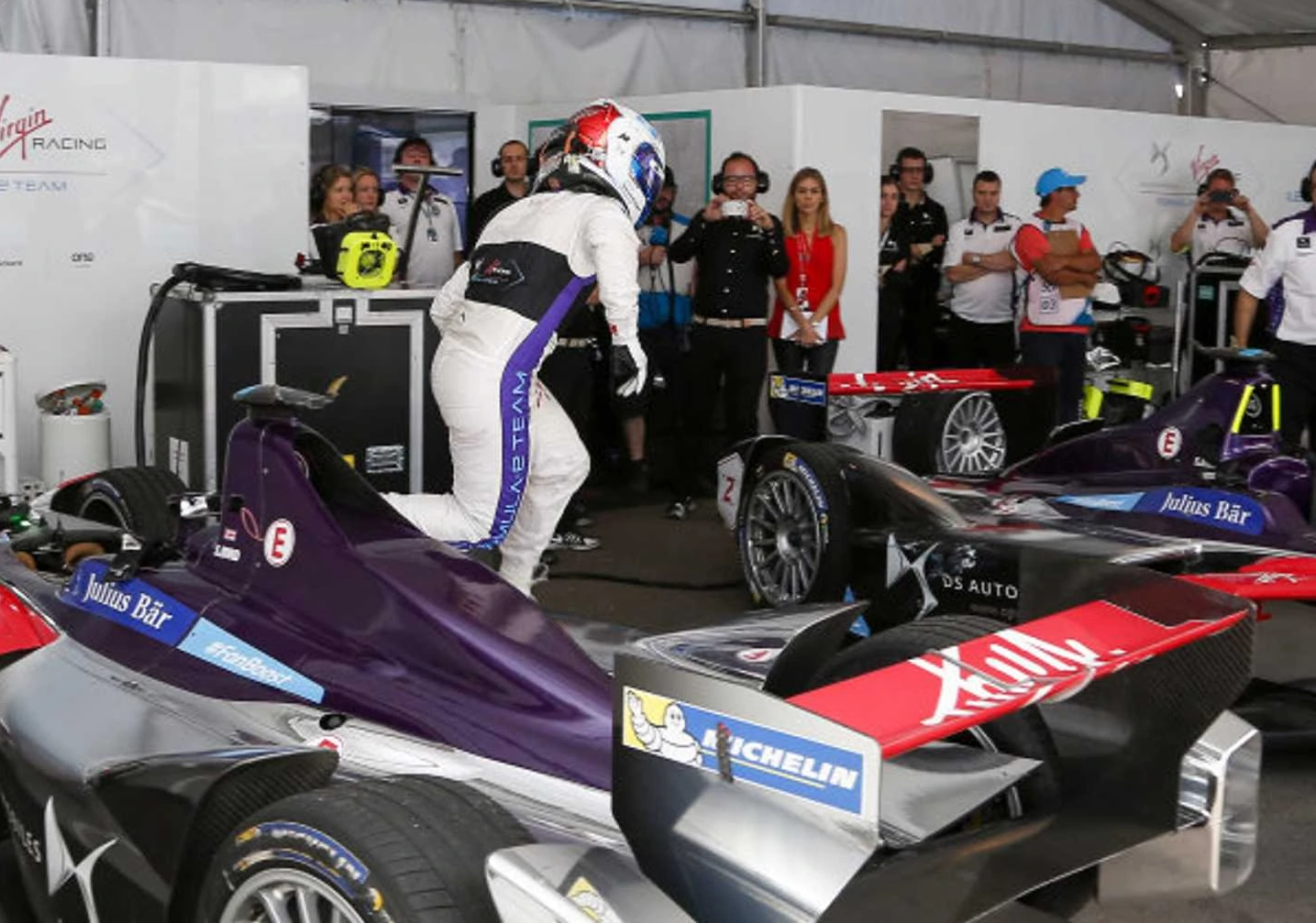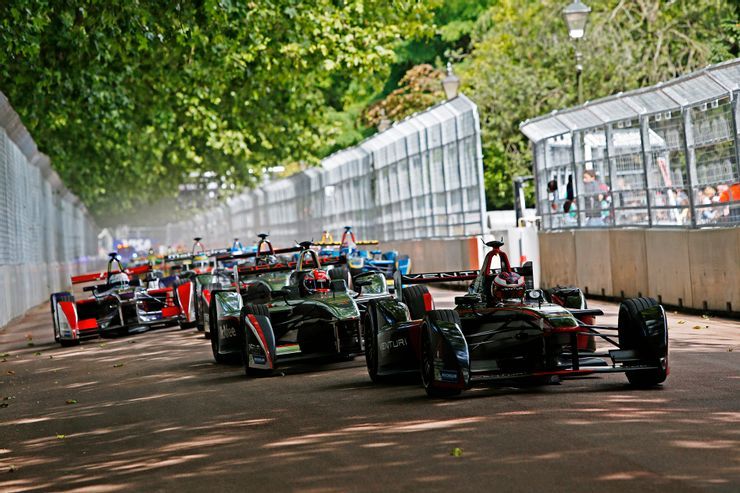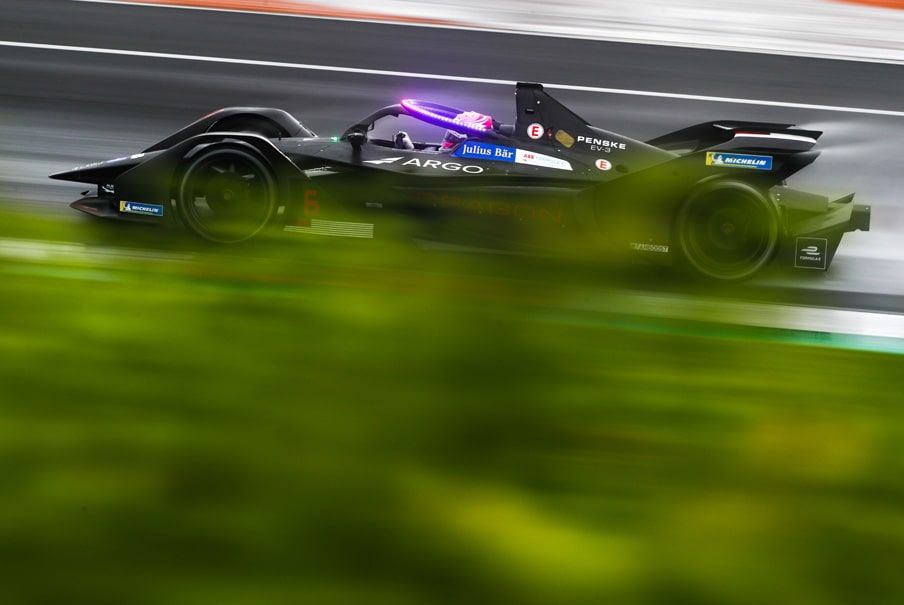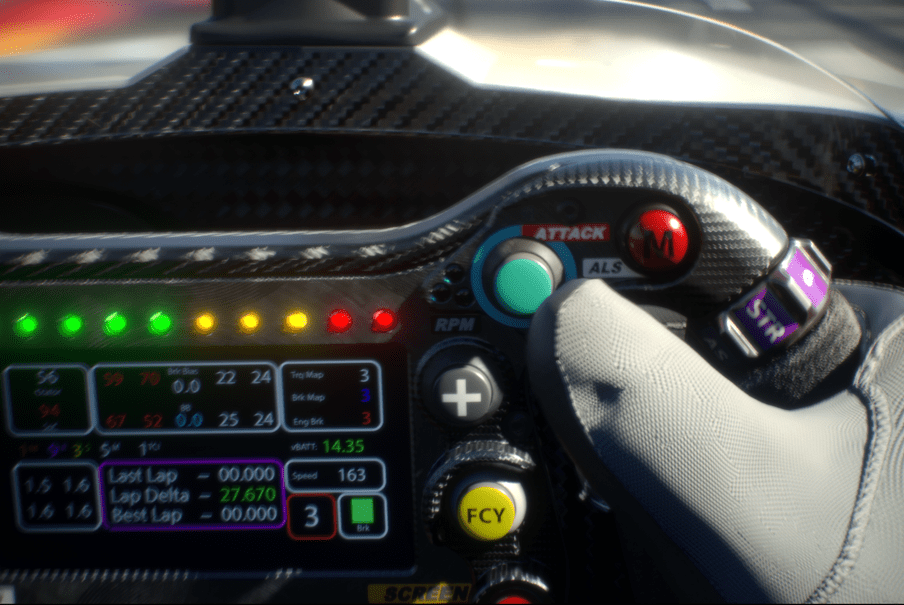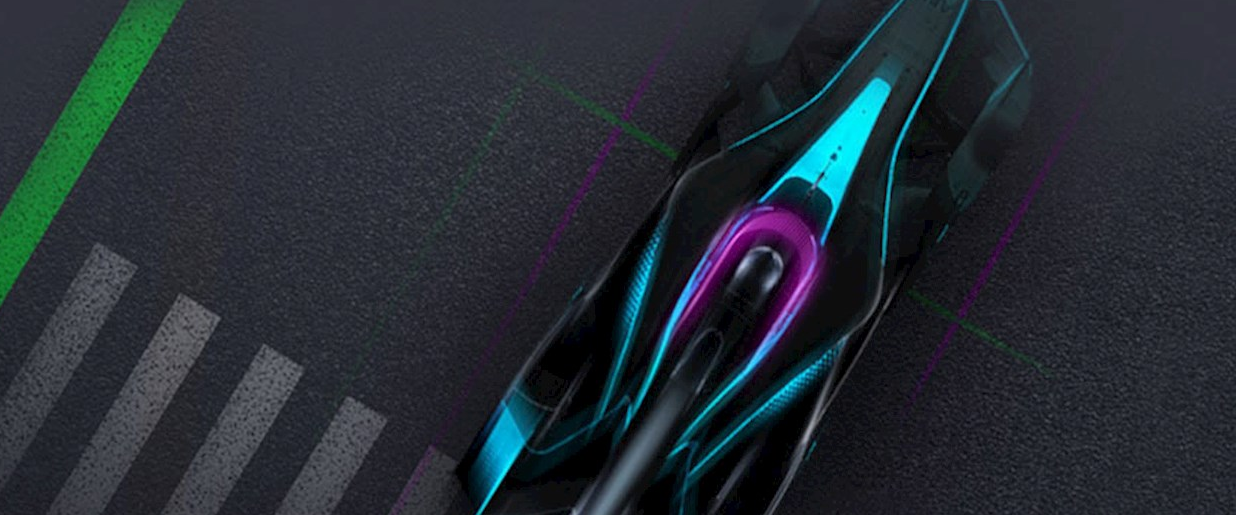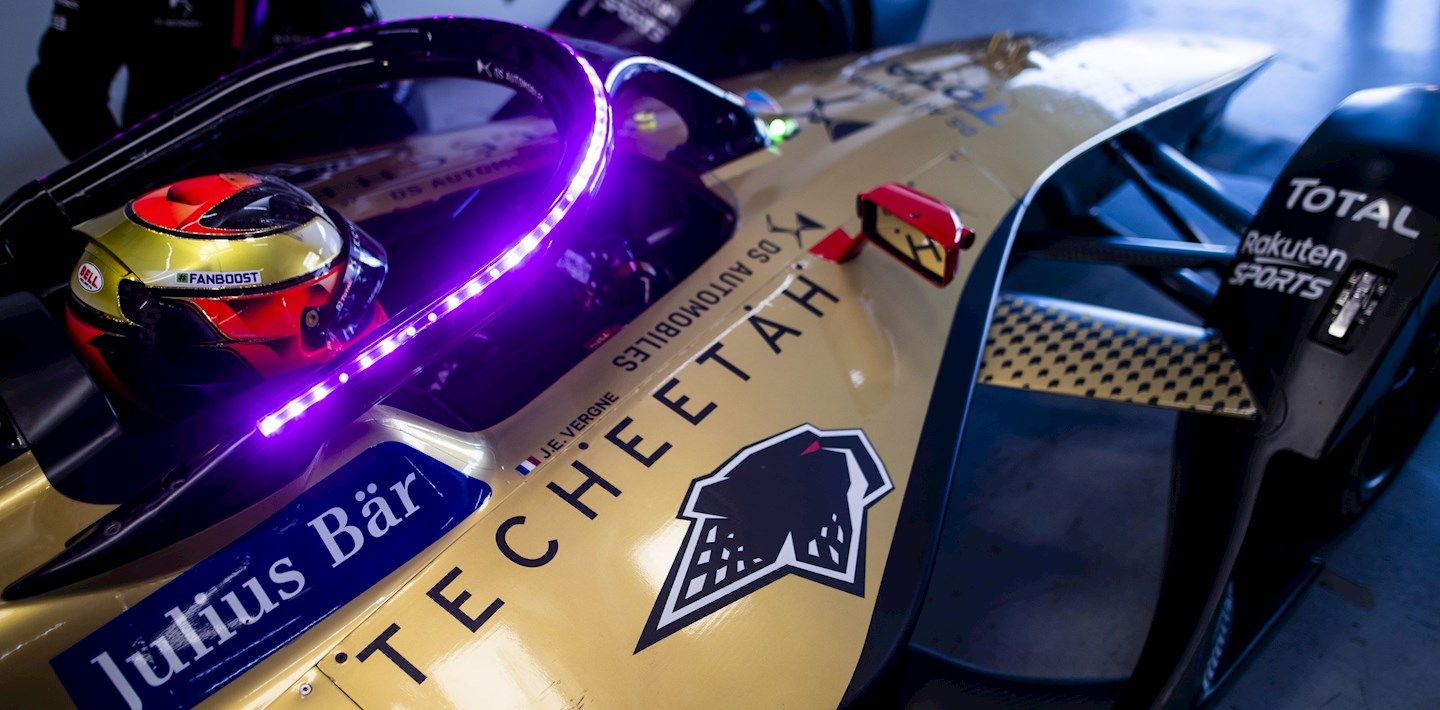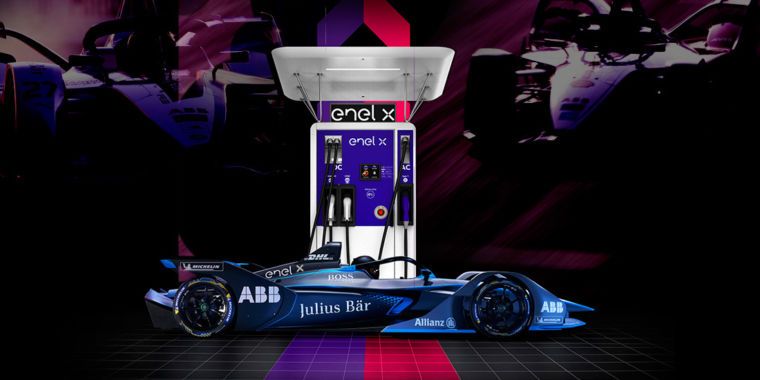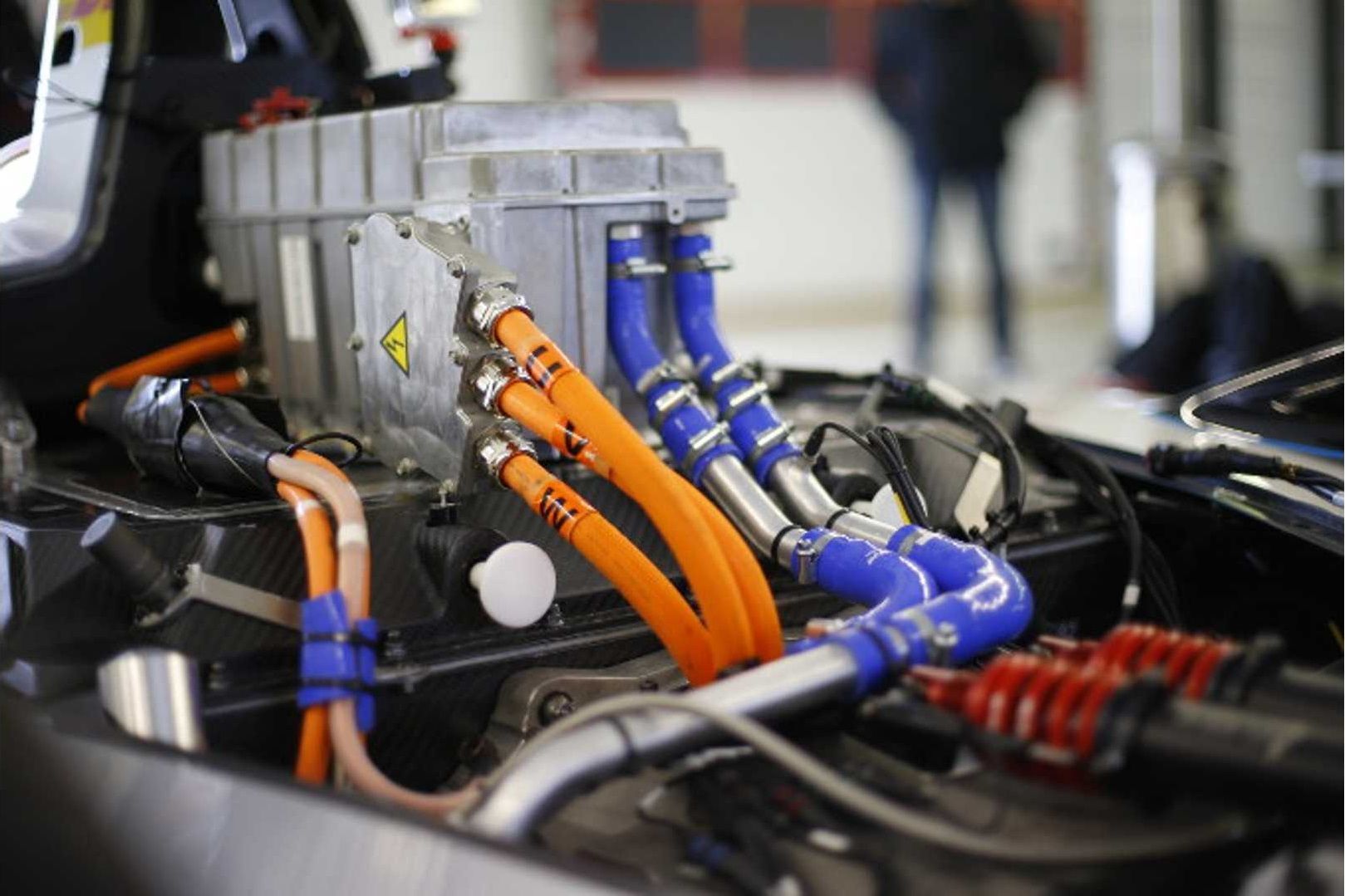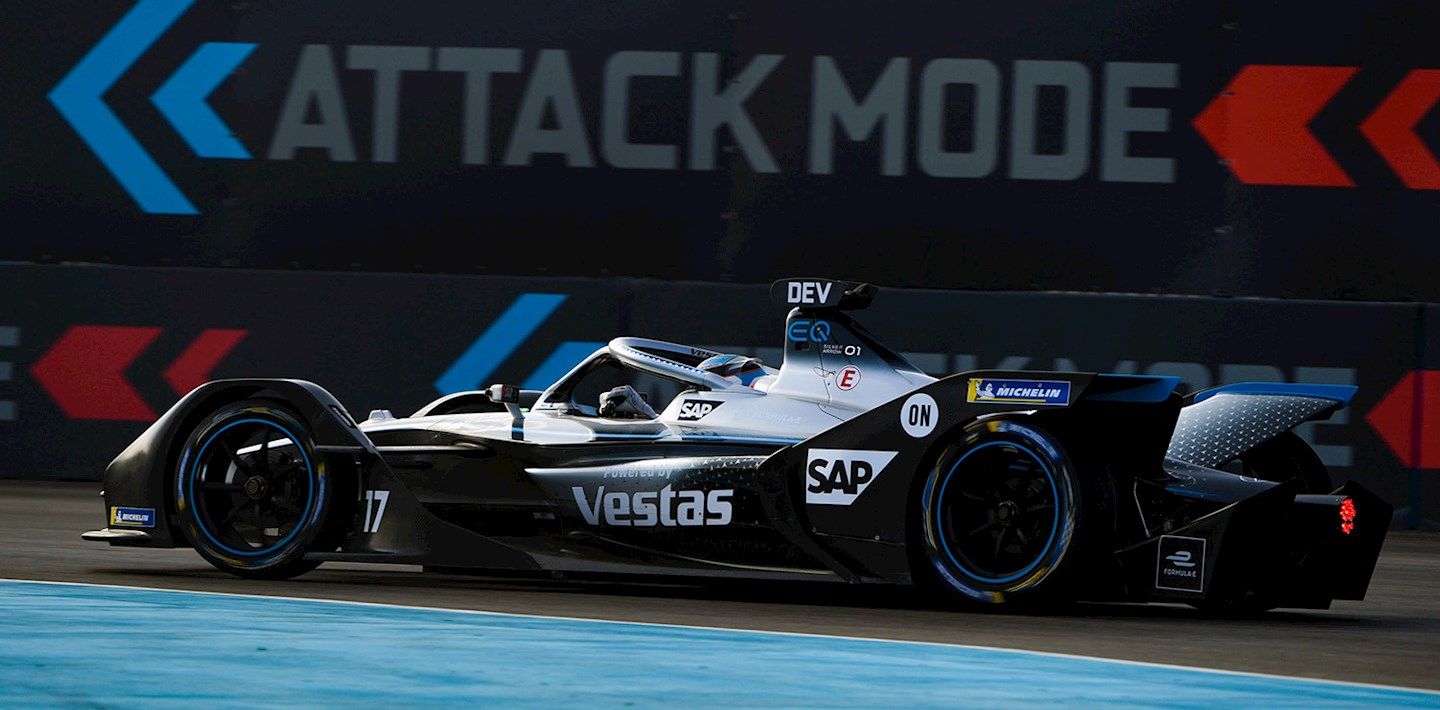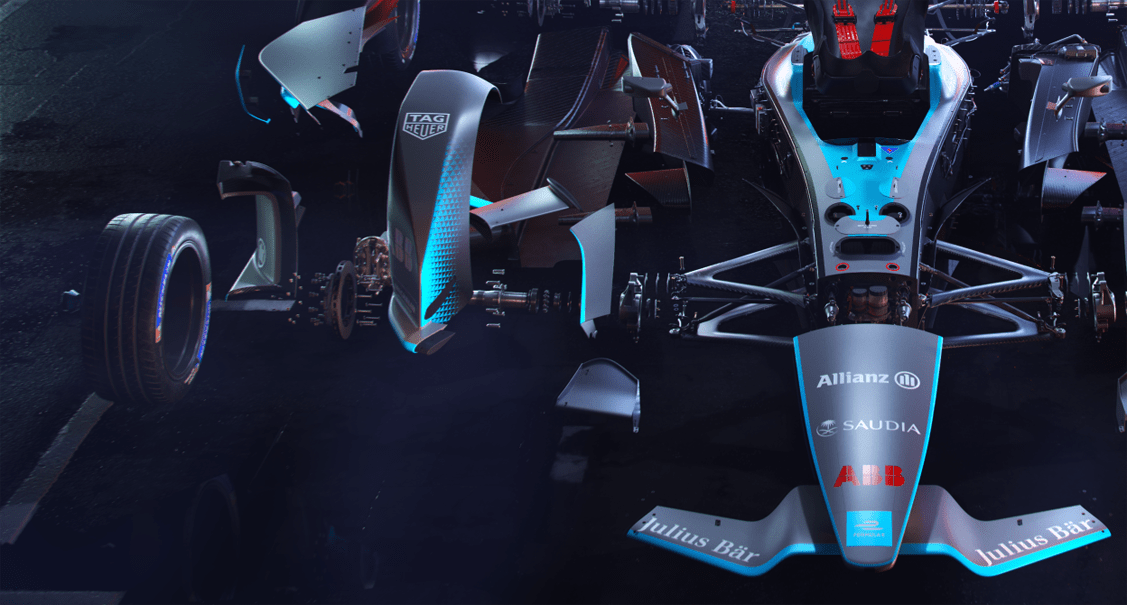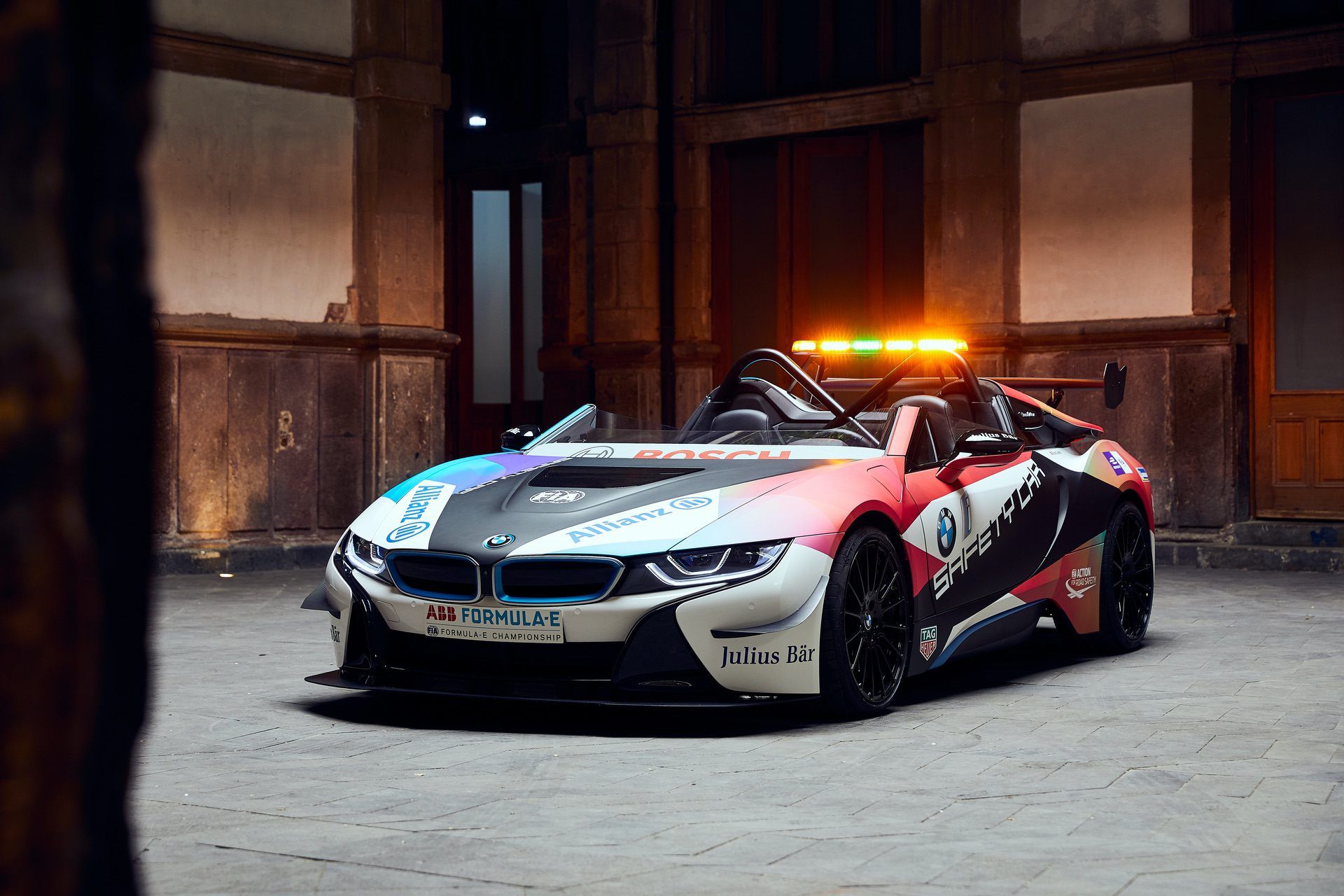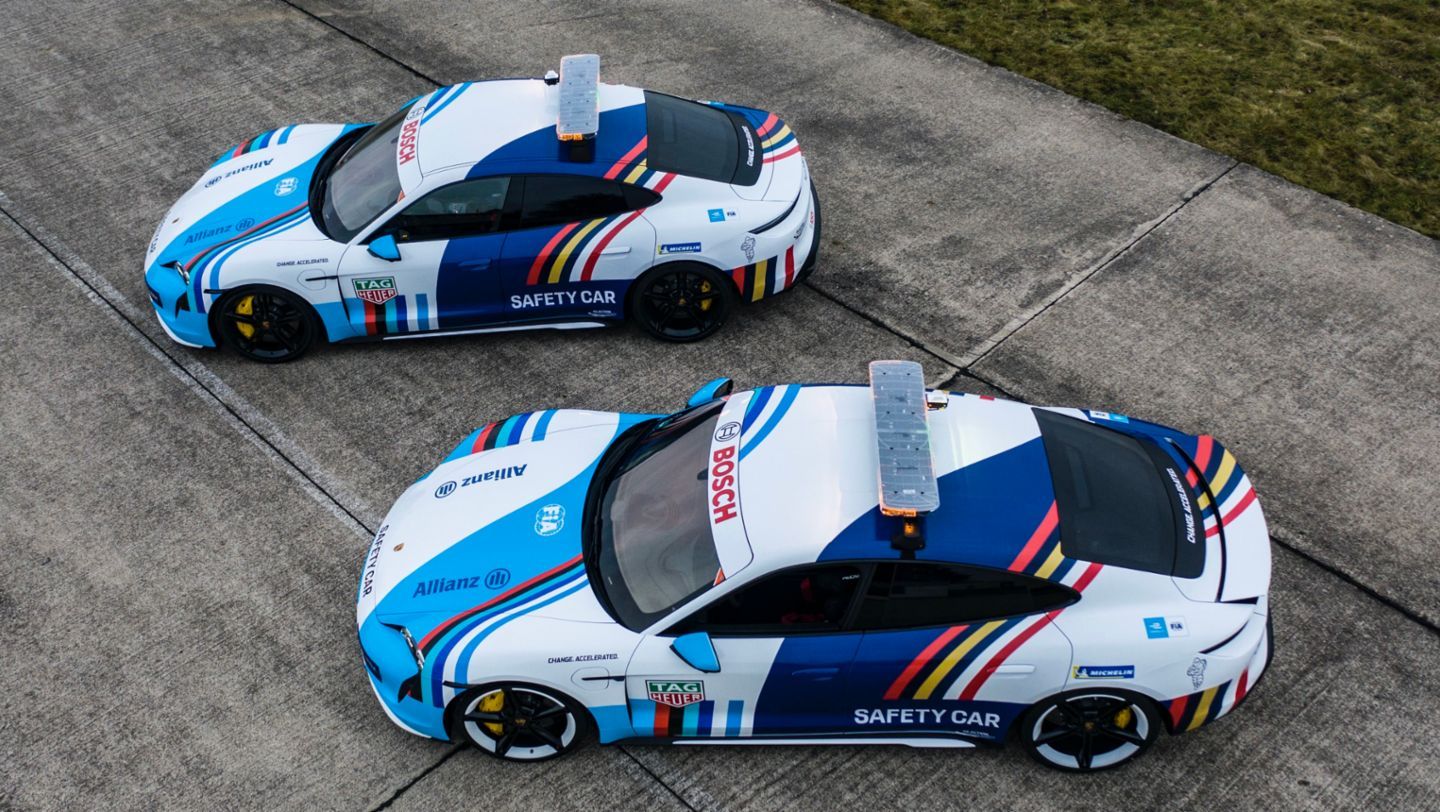Without a doubt, Formula One is the most popular single-seat driver racing competition in the world. The pure, unadulterated power of monstrous engines in hyper-fast cars is something that draws in everyone across the globe. However, as the world moves towards more sustainable options, so does racing. Thus, Formula E came around in 2011—an all-electric race with all-electric cars to boot.
Of course, it’s just a decade old, so the racing competition is still finding its footing and doesn’t quite boast of the same amount of fan following that its traditional counterpart does. Nevertheless, year by year, Formula E has grown in fame, and it will undoubtedly continue to do so. With that said, here are the things you didn’t know about the electric cars used in Formula E.
10 They Weigh Just Over 1100 LBS
That's right, the electric Formula E cars end up weighing way less than the average Formula 1 car. In fact, when the weight of the driver and the battery is included, they reach 1900 lbs, give or take. This is because the bulk of the cars' chassis is made from aluminum, carbon fiber, and Kevlar.
The minimum a Formula E car weighs today, including the driver and the battery, is around 1990 lbs, which is 187 lbs less than the first generation of Formula E cars. While the new, second-generation cars are shorter than their previous-gen counterparts, they are wider by 10 mm.
9 Every Team Races The Same Car
All Formula E drivers race in what's essentially the same car. From the battery packs and tires to the chassis itself, all teams get the same base vehicle. What this translates into, is close, tightly-fought races every single time the teams take to the track. In fact, the racing is certainly closer and more competitive than Formula 1.
Thus, fans get to see different pole-sitters and winners in almost every race. Of course, teams do get to tinker around and modify the cars, and they do—everything from the electric motor, inverter, gearbox and cooling system can be modified by teams, letting race engineers unleash their creativity and skill to help propel their teams to the top.
8 Drivers Used To Swap Cars Mid-Race
During the first four seasons of Formula E, the battery packs powering the cars used to be smaller and lesser in capacity than they are today. Hence, anyone expecting a traditional F1 pit stop used to be treated to quite the surprise when they saw the driver hastily jump out of their own car and hop into another before exiting the pit lane.
This changed with the fifth season onwards, when McLaren, the official battery supplier for Formula E, introduced a larger, 54 kWh battery for the cars, which meant they could go for longer. Thus, mid-race car swaps became a thing of the past. Fun fact: this also meant that drivers no longer had to pit, if they didn't have to. Unlike Formula One, there are no mandatory pit stops in its electric sibling.
7 The New Generation Cars Are Slower Than The Gen-1 Cars
That's right, newer doesn't always mean faster. Back in the initial seasons when the cars were powered by a 32 kWh battery, the maximum power on the gen-1 cars was around 300 kWh, or equal to 354 hp. This translated to a top speed that broke the 200-mph barrier. Of course, it's still shy of the Formula One cars which hit around 230 mph, but for electric cars, the Gen-1 race cars were scarily fast.
In the second generation of Formula E cars (which ended in 2021), the battery packs became bigger, but top speed took a hit on the Formula E cars. Now, the cars reach around 170 mph, but the host of technology upgrades is certainly remarkable. Moreover, with the third generation that begins in 2022, the cars are set to become faster again.
6 They Still Make Plenty Of Noise
With the race cars in Formula E being purely electric, one would think that they make no noise, especially compared to their ICU-powered F1 cousins. However, one would be quite wrong. After all, these cars are still mighty powerful, and if you think there's no noise going on at the racetrack, you'd be in for a jolly surprise.
Of course, there is no denying the fact that if the sounds of crazily-powered, scary-fast fuel-burning cars make most of your experience when you watch Formula One, you'd certainly be missing something at the Formula E racetrack.
5 Attack Mode!
One would be familiar with the DRS (Drag Reduction System) in Formula One races. On the other hand, Formula E race cars come equipped with 'Attack Mode', which is every bit as exciting as it sounds. Drivers arm their cars, and when driving through specific zones (which the FIA reveals just one hour before the race start), they get an extra 30kWh of power to race harder.
Moreover, the uncertainty raises the action, as teams only get an hour to strategize their attack mode plans. Even more exciting is the Gen-2 cars' halo, which glows blue if a driver is using their attack mode, and magenta if they're using the FanBoost.
4 Fan Boost
Yes, the Attack Mode in Formula E is not the only way to make a car go faster. Cars in Formula E are equipped with the Fan Boost system as well, which is perhaps the only system in the world where the fans themselves play an active role in the races and even their outcomes. Prior to the race, fans vote for the five most popular racers on the track, who then become eligible for the fan boost.
The five racers then can activate their five seconds of Fan Boost in the latter half of the race for added speed and power, which can easily affect outcomes on the racetrack. From the second generation onwards, the halo ring lit magenta to signify a racer using their Fan Boost. Truly, Formula E knows how to keep fans involved and things exciting.
3 On-The-Go Battery Charging
The new generation of Formula E cars coming this year will support on-the-go charging during pit stops for the first time ever. The idea was approved two years ago when the concept of the Gen 3 cars was introduced, and now, 'flash-charging' will be a huge part of the racing season going forward.
The new, third-generation will see Williams Advanced Engineering become the exclusive battery supplier for all cars in Formula E after McLaren decided to end their battery deal in the favor of entering Formula E as a team, going forward. On-the-go battery recharging will charge cars in under thirty seconds, with approximately 600-800 kWh power in play.
2 Cars Cannot Stop To Change Tires
You read that right. Unlike Formula One where tire management truly decides race winners, Formula E simply does not allow for mid-race tire swapping. In fact, teams are only allowed to change their cars' tires in the event they suffer a puncture, but never for changing the quality of the tire itself. If it ain't broke.
With the third generation coming up, rules around tires have grown more stringent, with every team only allowed a single set of tires for each round—free practice one and two, qualifying, and the actual race.
1 The Flashiest Safety Cars
It only makes sense for an all-electric racing series to have all-electric safety cars, too. Thus, for the first seven seasons up until 2021, the BMW i8 electric roadster was the official safety car of the Formula E. Of course, with BMW leaving the championship now, along with other carmakers like Audi and Mercedes, things are changing, and there's going to be a new safety car on the track.
From season 8 onwards, the Porsche Taycan Turbo-S all-electric will be the new official safety car of the Formula E. Moreover, its livery is a beautiful amalgamation of all 11 teams that compete in Formula One, resulting in a wrap that is just as pleasing on the eyes as the presence of a safety car on track, isn't.
All in all, Formula E is certainly a greatly interesting championship, and their race cars have evolved over the years, getting better with each generation. What it all results in, finally, is something that is quite...electrifying to watch.

